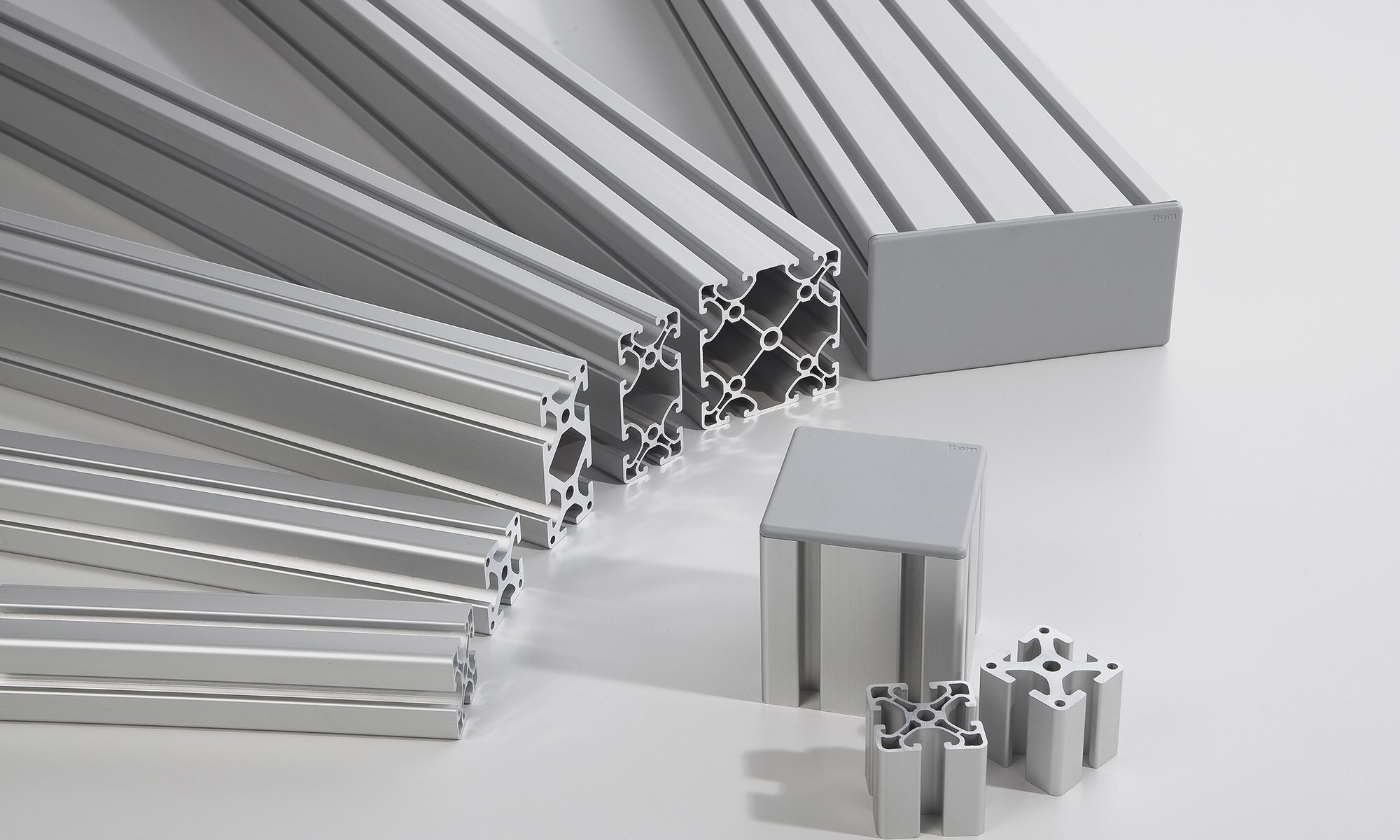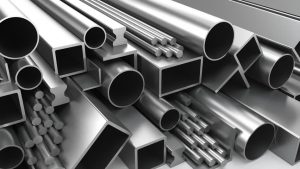Tools Everyone In The Aluminium Profile Singapore Industry Should Be Using

Aluminium profiles are found in a wide array of industries, even simple items for everyday use. It is mostly used to expand or contract electrical circuits, is also used for commercial buildings, high-rise buildings, commercial vehicles, public vehicles, communications towers. One can find the ultimate presence of aluminium profile singapore.
What’s the advantage of the wing-cut design?
The wing-cut design is used today on most aluminium windows. Note that on PVC windows, it has mostly been superseded by the bead-and-bevel design. The wing-cut design has a better insulating value. The insulating value of a window depends entirely on how well it seals. The aluminium profile singapore In the wing-cut design, the seals form a continuous, airtight barrier around the window, with no gaps.
In the bead-and-bevel design, the seals are interrupted, forming gaps through which air can leak. Because air leaks are such a big problem—and because the wing-cut design has sealed windows that look beautiful—it has prevailed over all other designs. And, of course, the wing-cut design also looks good. The windowpane is cut into two panels, one above the other. The panels are then joined together, with the lower panel overlapping the upper one at a small angle. The sloped edges of these panels form the illusion of a wing. The wing-cut design has an elegant, classic look.

The wing-cut design is also efficient. A wing-cut window has a continuous seal around the pane. It does not have to be made of many separate pieces, like pieces of a puzzle; rather, it can be made of one piece of continuous aluminum. This makes the manufacture of wing-cut windows not only easier but also cheaper. The wing-cut design’s advantages have more than aesthetic value.
Why choose aluminum?
Aluminum is lightweight, strong, malleable, and chemically inert. It is relatively soft but readily forms a protective oxide layer, which protects it from corrosion. Aluminum is three times denser than steel but 20% more malleable. Aluminum’s low density, combined with its strength, makes it ideal for applications where thin, lightweight members are required. Lightweight aluminum profiles are sometimes used in automobiles, aircraft, trains and boats, and construction.
Aluminum is a poor conductor of heat and electricity. However, it forms an electrically conductive oxide layer when exposed to oxygen. This is the basis of aluminum electrolytic capacitors, which are highly prized for their ability to store electrical energy. Aluminum also forms an electrically conductive oxide layer when exposed to chlorine used as a deoxidizer.
Aluminum’s low density also makes it attractive to designers of containers and packages for liquids, and its malleability makes it useful for food packaging. Aluminum is abundant, easily extracted, and relatively cheap. The metal’s low density, strength, durability, and malleability have inspired its extensive usage in the construction of aircraft, boats, trains, cars, trucks, and machinery and the construction of buildings and ships.
Aluminum’s low density, strength, malleability, and corrosion resistance also make it attractive for use in the construction of outdoor architecture.







